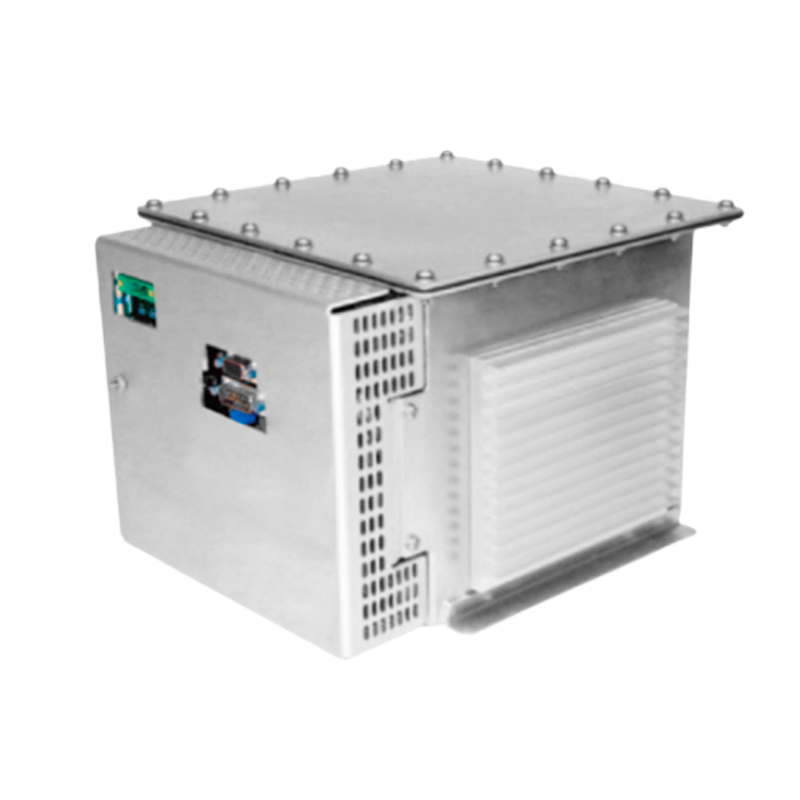Modular Research on High-Voltage Power Supplies for Excimer Lasers
Excimer lasers, serving as core deep-ultraviolet light sources, are indispensable in lithography, medical treatment, and precision machining. Their performance critically depends on the stability and response speed of high-voltage power supplies. Traditional centralized power designs suffer from large size, slow response, and difficult maintenance. Modular architecture, achieved through functional decomposition and integrated optimization, has emerged as a key solution to these challenges.
Core Drivers for Modular Design
Excimer lasers impose stringent requirements on high-voltage power supplies:
Pulse Characteristics: Output must reach 15–30 kV with rise times of 50–100 ns and peak currents of thousands of amperes to ensure uniform gas discharge.
Dynamic Response: Conventional supplies experience voltage sag during pulse discharge due to delayed feedback, causing laser energy fluctuations. Modular designs utilize distributed storage capacitors and fast feedback circuits to limit voltage variations within 0.5‰.
Lifetime Limitations: Thyratron switches degrade rapidly at high repetition rates (kHz-level). Solid-state switches (e.g., IGBT) coupled with Magnetic Pulse Compression (MPC) extend lifespan to over 10⁹ cycles.
Key Technological Breakthroughs
Rapid-Response Modules
fast-response unit added downstream of the main high-voltage module incorporates current sensors, operational amplifiers, and compensation circuits. When load current surges are detected, it adjusts the voltage of front-end storage capacitors within milliseconds, suppressing output voltage sag. Experiments show this design improves discharge stability by 40% and enhances laser energy uniformity.
Solid-State Switches and Magnetic Pulse Compression
three-stage cascaded topology achieves optimal performance:
Stage 1: IGBT switches convert 500–2000 V DC to medium-voltage pulses
Stage 2: Pulse transformers boost voltage to 10–20 kV
Stage 3: MPC circuits compress pulse width to 50 ns while increasing peak power
This approach overcomes the voltage-current trade-off in single switches, achieving power densities of 3.9–7.6 MW/cm³.
Thermal Management and Compact Design
High power density intensifies thermal challenges. Modular solutions address this through:
Layered Cooling: Liquid cold plates for power devices and forced air for control modules, maintaining temperature gradients ≤15℃
3D Stacking: Vertical arrangement of magnetic cores and capacitors reduces volume by 50%
Ceramic-Metal Composite Cavities: Enhance insulation and mechanical strength, extending gas lifetime by 30%
Engineering Challenges and Solutions
EMI Suppression: Rogowski coils in MPC modules monitor transient currents, while reverse compensation cancels electromagnetic noise.
Fault Isolation: Independent overvoltage/overcurrent protection per module and fiber-optic control signaling prevent common-mode failures.
Standardized Interfaces: Electrical and mechanical interface standards enable plug-and-play module replacement, cutting maintenance time by 70%.
Future Directions
Research will focus on advanced materials (e.g., SiC devices for higher switching frequencies), AI-driven control (real-time tuning based on discharge waveform prediction), and multiphysics simulation (electromagnetic-thermal-fluidic co-optimization). Modular architectures will evolve toward building-block systems, allowing flexible power scaling by adding/removing submodules. This progress will accelerate excimer laser adoption in semiconductor lithography, aerospace micro-machining, and other high-end fields.
The essence of modular high-voltage power lies in decoupling complex functions, transforming the impossible trinity (power density, response speed, reliability) into a solvable multi-variable equation. Its value extends beyond technical metrics—it redefines the engineering philosophy of laser systems from individual optimization to systemic synergy.




















